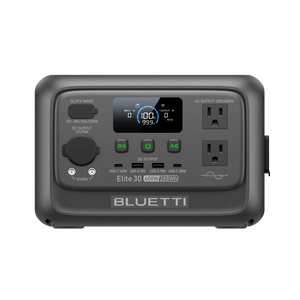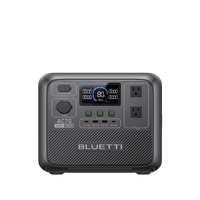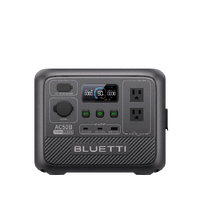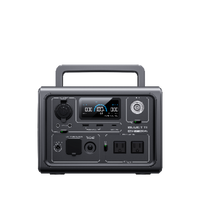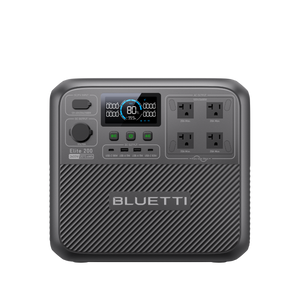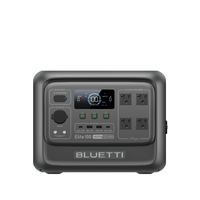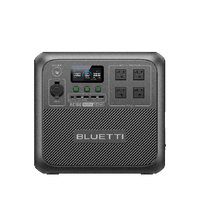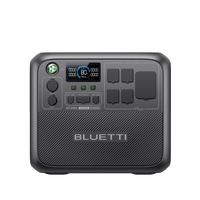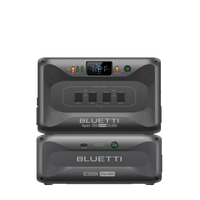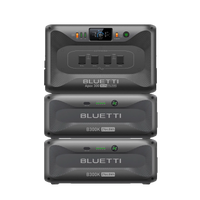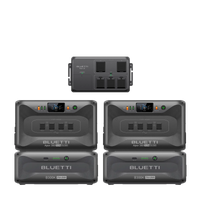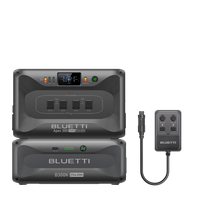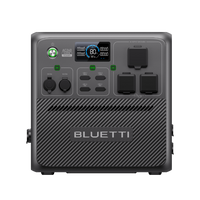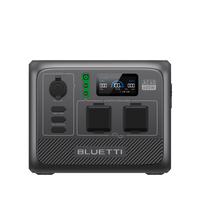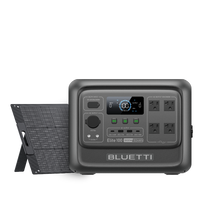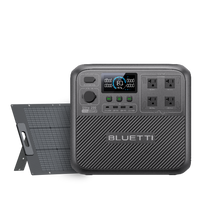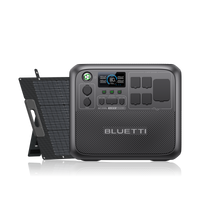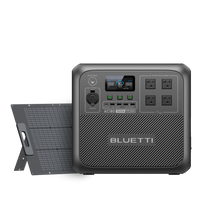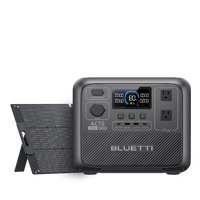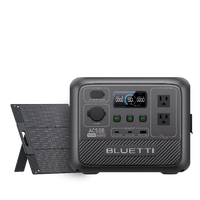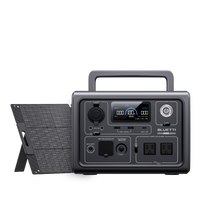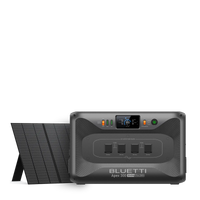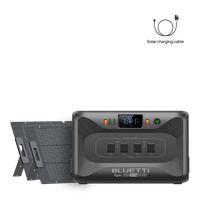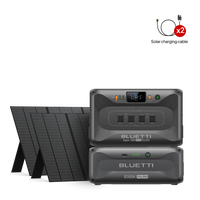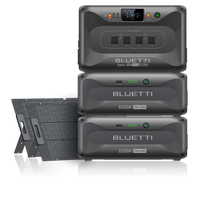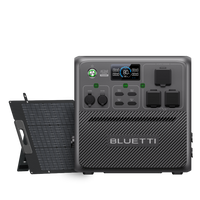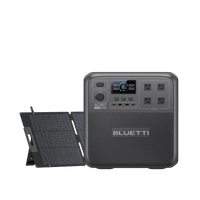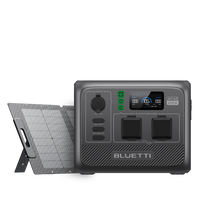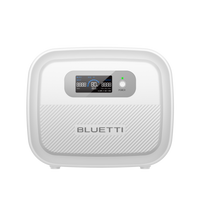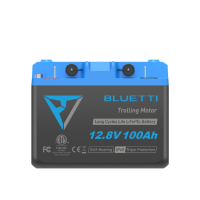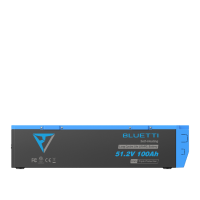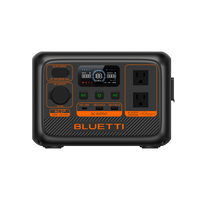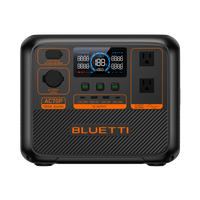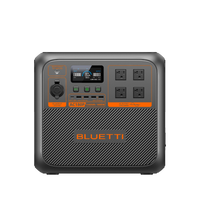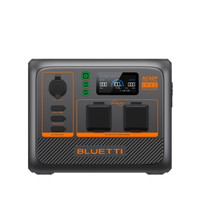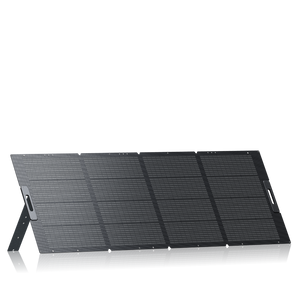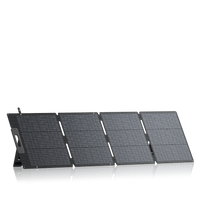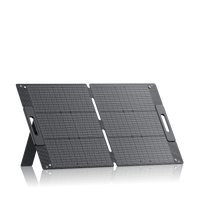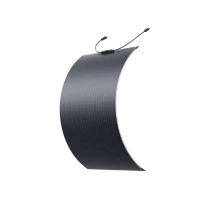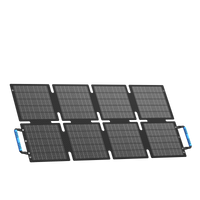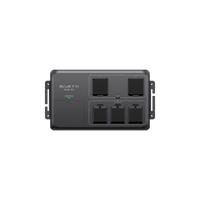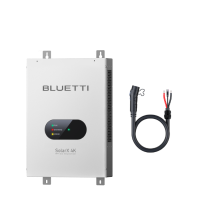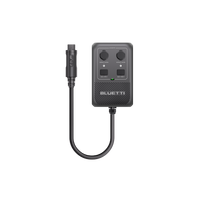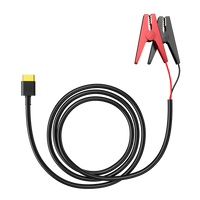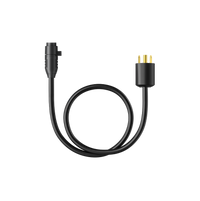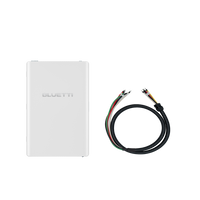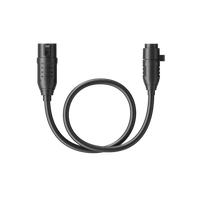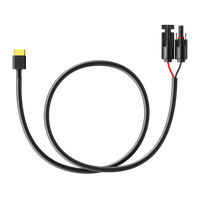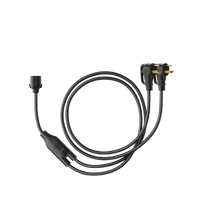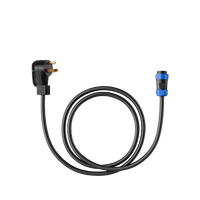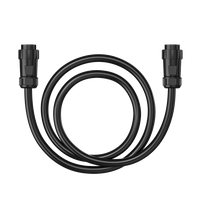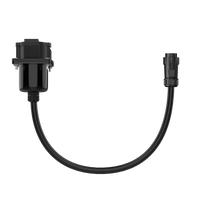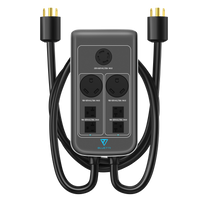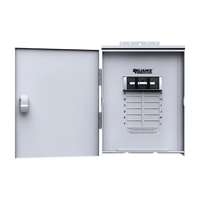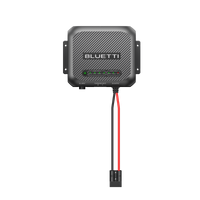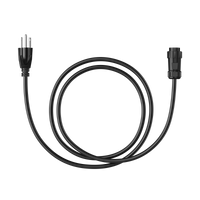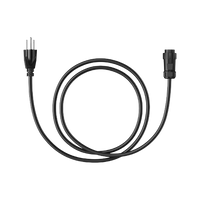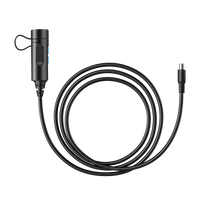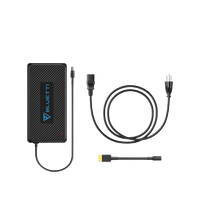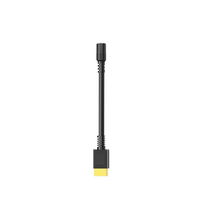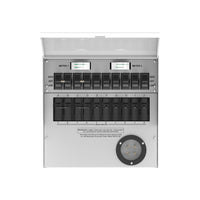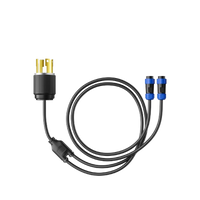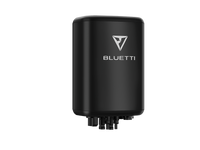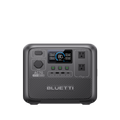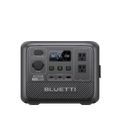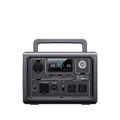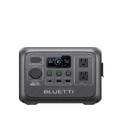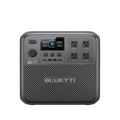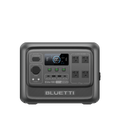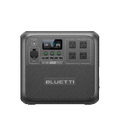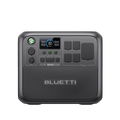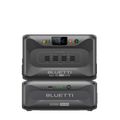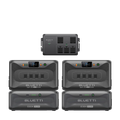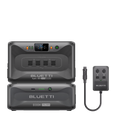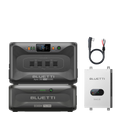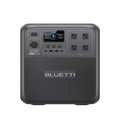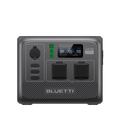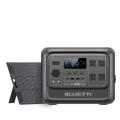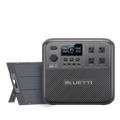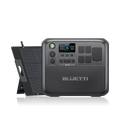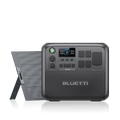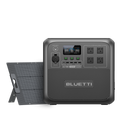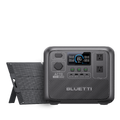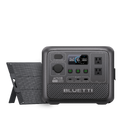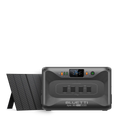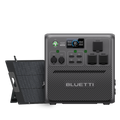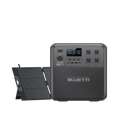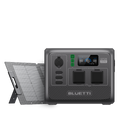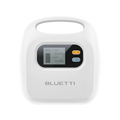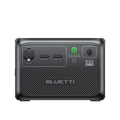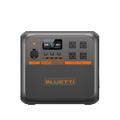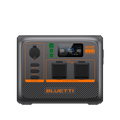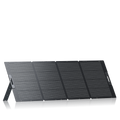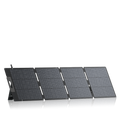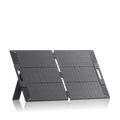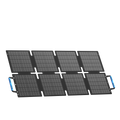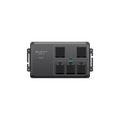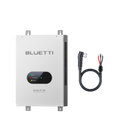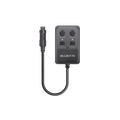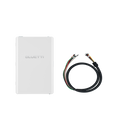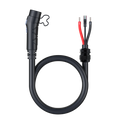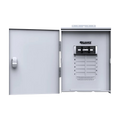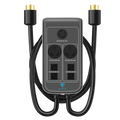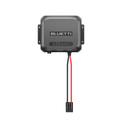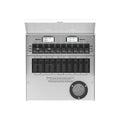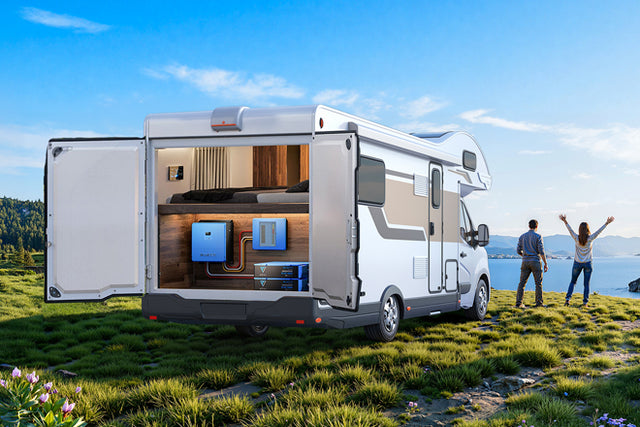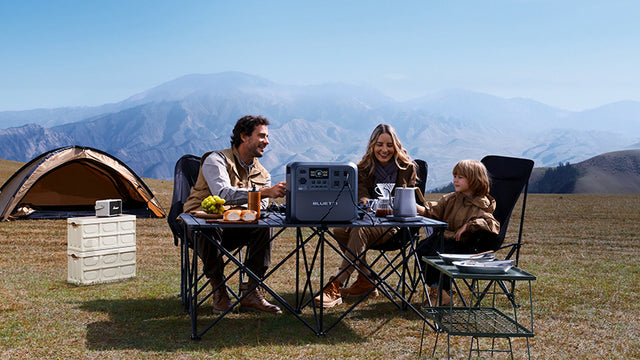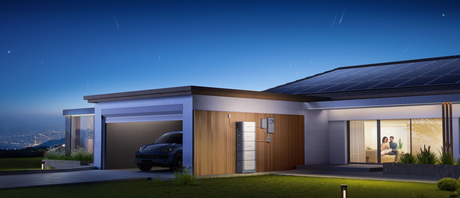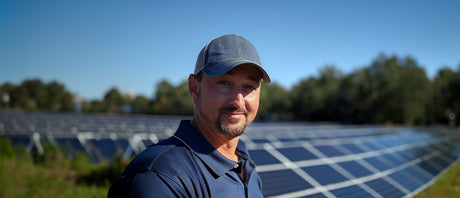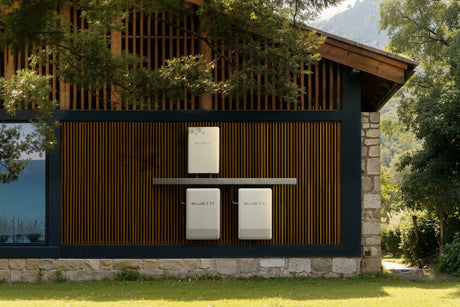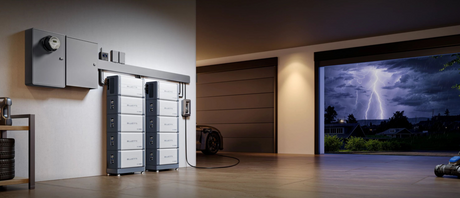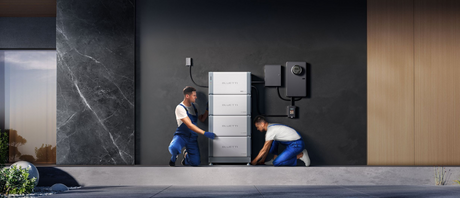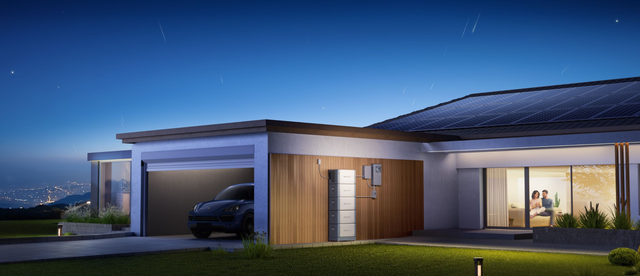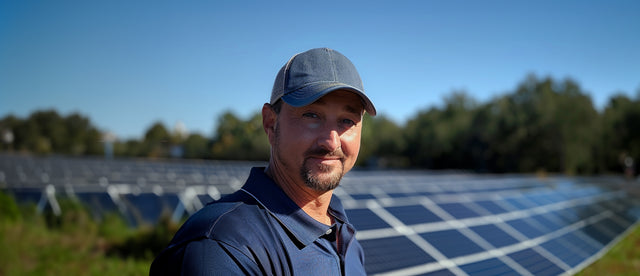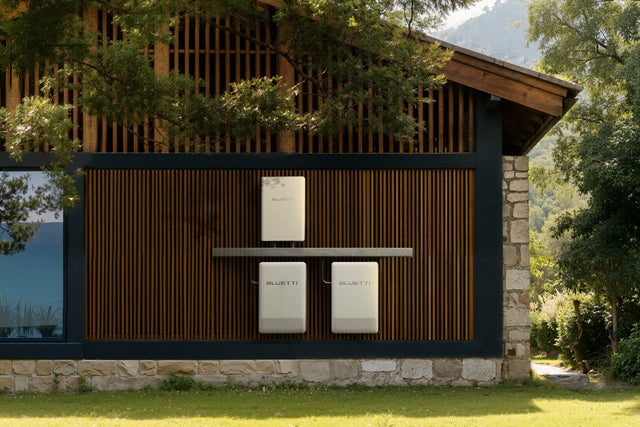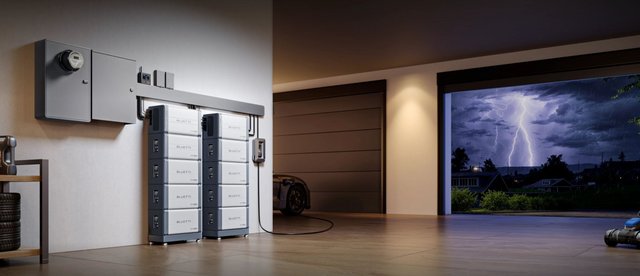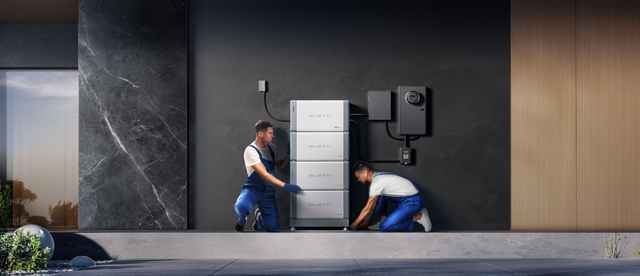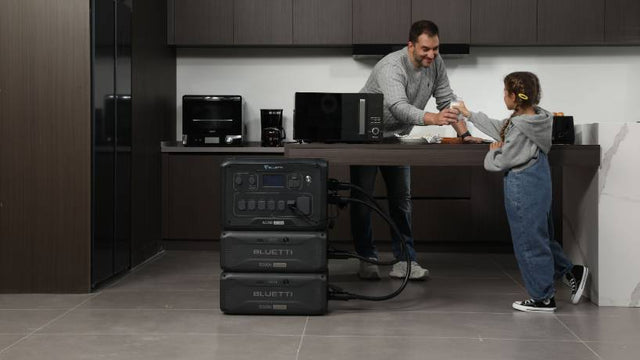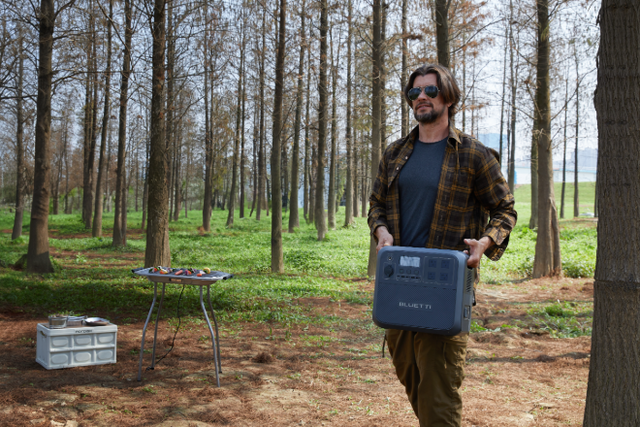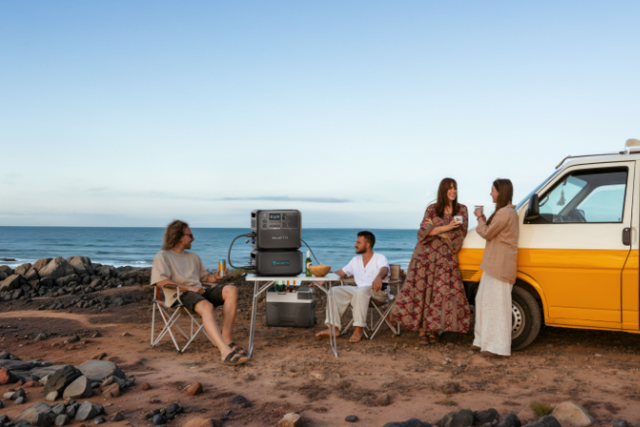Your cart is empty
Shop our productsIt’s already established that solar panels are an excellent source of renewable energy that slashes down the cost of electricity. However, a basic panel installation does not guarantee maximum energy production levels. Solar panel efficiency depends on two factors: the orientation angle (azimuth) and the tilt position (tilt), which determine how much sunlight they absorb.
Both of these variables are based on which part of Earth you live in. This is because the sun moves differently within the sky between different locations. In this article, we’ll share how to find the best solar panel direction by zip code for peak solar energy capture and the factors that determine solar panel orientation.

What Are the Variables That Determine Solar Panel Orientation?
Solar panel performance requires the evaluation of specific key elements. Three important elements that influence solar energy generation result from tilt & azimuth angles, seasonal weather variations, and roof design aspects like shading from nearby structures. Each of these variables is discussed in detail below:
-
Tilt & Azimuth Angles
Solar panels require two critical adjustments that determine their absorption efficiency. First is the tilt angle, which signifies how much the panels’ position should be tilted to the ground. A solar panel will accomplish maximum year-round efficiency when set to align with the latitude of its installation location.
Latitude defines how far a place is from the equator, ranging from 0° at the equator to 90° at the poles. The secondary measure (azimuth angle) refers to the direction solar panels face relative to the true north.
-
Tilt Angle: Placing your solar panels at exactly a 40-degree tilt from the ground level will produce optimal results in areas that have a latitude of 40 degrees. The distance from the equator also determines the steepness of the tilt angle at locations with higher latitudes. In addition, it is crucial to pay attention to angle adjustment in the winter months when sunlight exposes a lower position in the sky.
-
Azimuth Angle: In the Northern Hemisphere, the panels function best facing south (180° azimuth angle). Whereas in the Southern Hemisphere, their ideal direction is north (0° azimuth angle). These directions help the panels soak up the most sunlight as the sun moves across the sky. However, depending on the location and season, slightly shifting the azimuth east or west can improve efficiency.
-
Seasonal Weather Variations
Cloudy areas may need special adjustments to solar panel direction and tilt to make the most of limited sunlight. In these regions, it can be helpful to position panels to capture the most sunlight when it is available.
One thing to note here is that the sun’s position changes with the seasons—it is higher in summer and lower in winter. This affects the ideal panel angle. So a fixed tilt may not always be the best option year-round. Some systems, especially larger ones, use adjustable mounts to change the tilt with the seasons.
-
Roof Design Aspects and Shading
The shape and direction of a roof play a crucial role in how well solar panels work. Flat roofs or those with slopes that don’t match the best angle may need special mounting systems to adjust the tilt. Shading is another important factor since even small amounts can significantly reduce efficiency. Any obstruction of sunlight from trees, buildings, and other structures decreases the output of electricity significantly.
Rooftops featuring intricate designs that combine different slopes or gables also make it harder to install solar panels. Therefore, to identify the sunniest spots, it is crucial to inspect any obstruction or shading at various daytime hours and across different seasonal periods. A professional evaluation would be important as well to decide both the proper position and optimal slope that maximize power output in such cases.
How to Find the Best Direction for Your Zip Code in the US?
Choosing the right direction for your solar panels based on your zip code in the US can greatly improve their efficiency. There are various tools and resources available to help you find the best orientation and tilt angle for your location, such as the following:
-
The PVWatts Calculator:
Developed by the National Renewable Energy Laboratory (NREL), the PVWatts Calculator helps estimate solar energy production based on location-specific data. It uses historical weather patterns, solar radiation, and system details to provide monthly and yearly energy output predictions.
Users can also customize inputs like system size, tilt angle, and azimuth to get accurate results. In addition, the PVWatts Calculator can estimate the system size from your roof area and provide cost analysis, showing likely savings and payback periods. Designed for both professionals and homeowners, it offers a user-friendly way to assess the performance of grid-connected solar systems. Here’s how to use this calculator:
Step 1: Visit the “PVWatts Calculator” website. Then, enter your location (zip code, city, or state). Hit “Get Started.”
Step 2: Head to the “Go to system info” option on the right to input system details like system size and losses, array and module type, etc.

Step 3: Then, hit “Go to PVWatts results” on the right. Review the system output results.


-
Google’s Project Sunroof:
Google’s Project Sunroof is a user-friendly tool that helps homeowners assess their roof’s solar potential. Using high-resolution imagery, it analyzes roof size, shading, and orientation to provide personalized solar savings estimates.
It also considers local weather patterns and estimates likely electricity bill savings. Furthermore, Google’s Project Sunroof platform can connect users with local solar providers for installation quotes, making it an easy and convenient option for consuming solar energy benefits. Here’s how to use this platform:
Step 1: Visit the “Google Project Sunroof” website. Then, enter your address or zip code in the US.

Step 2: Check your roof using Google Earth analysis. Then, get a solar plan with savings estimates and ideal panel placement.

|
Feature |
PVWatts Calculator |
Project Sunroof |
|
Main Purpose |
Estimates the solar energy production, and system size based on roof area |
Analyzes roof suitability and potential savings |
|
Created By |
National Renewable Energy Laboratory (NREL) |
|
|
Best For |
Professionals, researchers, and homeowners |
Homeowners and general users |
|
Customization |
Allows detailed system adjustments |
Uses simpler inputs for easy use |
|
Data Used |
Weather history and solar radiation |
High-resolution aerial images |
|
Results Provided |
Energy output estimates and cost analysis |
Savings estimates and roof suitability insights |
|
Ease of Use |
More technical, requires some knowledge |
Very user-friendly and easy to use |
|
Connects to Installers? |
No |
Yes |
Approximate Tilt Angles for Major Cities in the U.S.
The recommended tilt angles for a city depend on its latitude, which determines the sun’s position in the sky throughout the year. Below is a table showing ideal yearly, winter, and summer tilt angles for major cities in each U.S. state.
|
State |
Major City |
Latitude |
All-Year-Round Tilt Angle |
Winter Tilt Angle |
Summer Tilt Angle |
|
Alabama |
Birmingham |
33.5° |
33° |
48° |
18° |
|
Alaska |
Anchorage |
61.2° |
61° |
76° |
46° |
|
Arizona |
Phoenix |
33.4° |
33° |
48° |
18° |
|
Arkansas |
Little Rock |
34.7° |
35° |
50° |
20° |
|
California |
Los Angeles |
34.0° |
34° |
49° |
19° |
|
Colorado |
Denver |
39.7° |
40° |
55° |
25° |
|
Connecticut |
Hartford |
41.8° |
42° |
57° |
27° |
|
Delaware |
Wilmington |
39.7° |
40° |
55° |
25° |
|
Florida |
Miami |
25.8° |
26° |
41° |
11° |
|
Georgia |
Atlanta |
33.7° |
34° |
49° |
19° |
|
Hawaii |
Honolulu |
21.3° |
21° |
36° |
6° |
|
Idaho |
Boise |
43.6° |
44° |
59° |
29° |
|
Illinois |
Chicago |
41.8° |
42° |
57° |
27° |
|
Indiana |
Indianapolis |
39.8° |
40° |
55° |
25° |
|
Iowa |
Des Moines |
41.6° |
42° |
57° |
27° |
|
Kansas |
Topeka |
39.0° |
39° |
54° |
24° |
|
Kentucky |
Louisville |
38.2° |
38° |
53° |
23° |
|
Louisiana |
New Orleans |
29.9° |
30° |
45° |
15° |
|
Maine |
Portland |
43.6° |
44° |
59° |
29° |
|
Maryland |
Baltimore |
39.3° |
39° |
54° |
24° |
|
Massachusetts |
Boston |
42.4° |
42° |
57° |
27° |
|
Michigan |
Detroit |
42.3° |
42° |
57° |
27° |
|
Minnesota |
Minneapolis |
44.9° |
45° |
60° |
30° |
|
Mississippi |
Jackson |
32.3° |
32° |
47° |
17° |
|
Missouri |
St. Louis |
38.6° |
39° |
54° |
24° |
|
Montana |
Billings |
45.8° |
46° |
61° |
31° |
|
Nebraska |
Omaha |
41.3° |
41° |
56° |
26° |
|
Nevada |
Las Vegas |
36.2° |
36° |
51° |
21° |
|
New Hampshire |
Manchester |
42.9° |
43° |
58° |
28° |
|
New Jersey |
Newark |
40.7° |
41° |
56° |
26° |
|
New Mexico |
Albuquerque |
35.1° |
35° |
50° |
20° |
|
New York |
New York City |
40.7° |
41° |
56° |
26° |
|
North Carolina |
Charlotte |
35.2° |
35° |
50° |
20° |
|
North Dakota |
Fargo |
46.9° |
47° |
62° |
32° |
|
Ohio |
Columbus |
39.9° |
40° |
55° |
25° |
|
Oklahoma |
Oklahoma City |
35.5° |
36° |
51° |
21° |
|
Oregon |
Portland |
45.5° |
46° |
61° |
31° |
|
Pennsylvania |
Philadelphia |
39.9° |
40° |
55° |
25° |
|
Rhode Island |
Providence |
41.8° |
42° |
57° |
27° |
|
South Carolina |
Columbia |
34.0° |
34° |
49° |
19° |
|
South Dakota |
Sioux Falls |
43.5° |
44° |
59° |
29° |
|
Tennessee |
Nashville |
36.2° |
36° |
51° |
21° |
|
Texas |
Houston |
29.8° |
30° |
45° |
15° |
|
Utah |
Salt Lake City |
40.8° |
41° |
56° |
26° |
|
Vermont |
Burlington |
44.5° |
45° |
60° |
30° |
|
Virginia |
Richmond |
37.5° |
38° |
53° |
23° |
|
Washington |
Seattle |
47.6° |
48° |
63° |
33° |
|
West Virginia |
Charleston |
38.3° |
38° |
53° |
23° |
|
Wisconsin |
Milwaukee |
43.0° |
43° |
58° |
28° |
|
Wyoming |
Cheyenne |
41.1° |
41° |
56° |
26° |
How to Adjust Solar Panels for Peak Solar Output?
To get the most solar energy, you can use two main strategies: automatic solar tracking systems or adjusting the panel tilt for different seasons. Each approach has its own benefits and factors to consider:
-
Tracking Systems:
Solar tracking systems adjust a panel’s position in alignment with the sun’s path, maximizing sunlight exposure throughout the day and across seasons. For instance, active trackers use light sensors to fine-tune the panel’s orientation in real time. Though they can boost energy output by up to 25%, they cost more and need maintenance. However, they’re ideal for high electricity costs or limited roof space. Here are 3 types of tracking systems used mostly:
-
Active Trackers: Use light sensors to adjust panels in real-time, improving efficiency by 20% or more.
-
Passive Trackers: Rely on temperature changes to move panels, requiring no external power.
-
Timed Trackers: Adjust panels on a set schedule, making them more affordable and low maintenance.
-
Seasonal Adjustments:
You can improve the power output of solar panels by readjusting their position annually according to the optimal sunlight angles. The following tips show the proper procedure for determining the most suitable tilt angle and explain how you can change it periodically:
-
Best Tilt Angles: For the best seasonal power output, adjust the panel tilt by 15 degrees higher in winter and lower it by 15 degrees in summer.
-
Winter Tilt Angle: At a latitude of 40°, the best solar panel tilt should be adjusted to 55°, which results from adding 15° to the current 40°.
-
Summer Tilt Angle: For summer conditions under latitude 40°, your optimal angle should be 25°, which results from subtracting 15° from 40°.
-
-
Energy Gains: Your energy production can increase by 10% to 25% when you implement seasonal tilt adjustments to areas that experience changing sunlight levels.
-
Manual Effort: Some systems allow manual adjustments of solar panels, enabling homeowners to save on electricity bills by increasing energy production. BLUETTI offers portable solar panels like the PV350D and SP200L which come with adjustable angles for exposure to peak solar energy.
Where the BLUETTI PV350D features a 35°-55° adjustable tilt angle, the SP200L comes with a 45°±10° angle. Both panels are created from Grade-A monocrystalline solar cells and deliver up to a 23.4% solar conversion rate. They also display an IP67 rating against water and dust and an ETFE protective layer for resilience.
In addition, these panels are designed to be lightweight and foldable, so you can bring them to your road trips, outdoor adventures, etc. When paired with a power station, the PV350D can deliver 1.75x faster charging than the SP200L and 4x faster charging than a 100W panel. Besides, both solar panels possess MC4 connectors, which makes them compatible with a wide range of power stations.
The Bottom Line
The effectiveness of solar panels depends on tilt & azimuth angles, location selection, seasonal conditions, and the impact of shading. You can find the ideal solar panel direction by zip code through software systems such as PVWatts Calculator and Google Project Sunroof. Other than that, you can improve maximum solar energy absorption by manually changing the tilt angle of panels based on the seasons in your location.
Another way is to implement tracking systems in regions where sunlight conditions change. If you’re looking for home-based and travel-based portable solar panels that feature adjustable angles, look no further than the BLUETTI PV350D and SP200L. They offer a 23.4% solar conversion rate, faster charging for your portable power stations, and high durability.
Shop products from this article
Be the First to Know
You May Also Like

Solar vs. Wind Power: Which Is Better for You?

